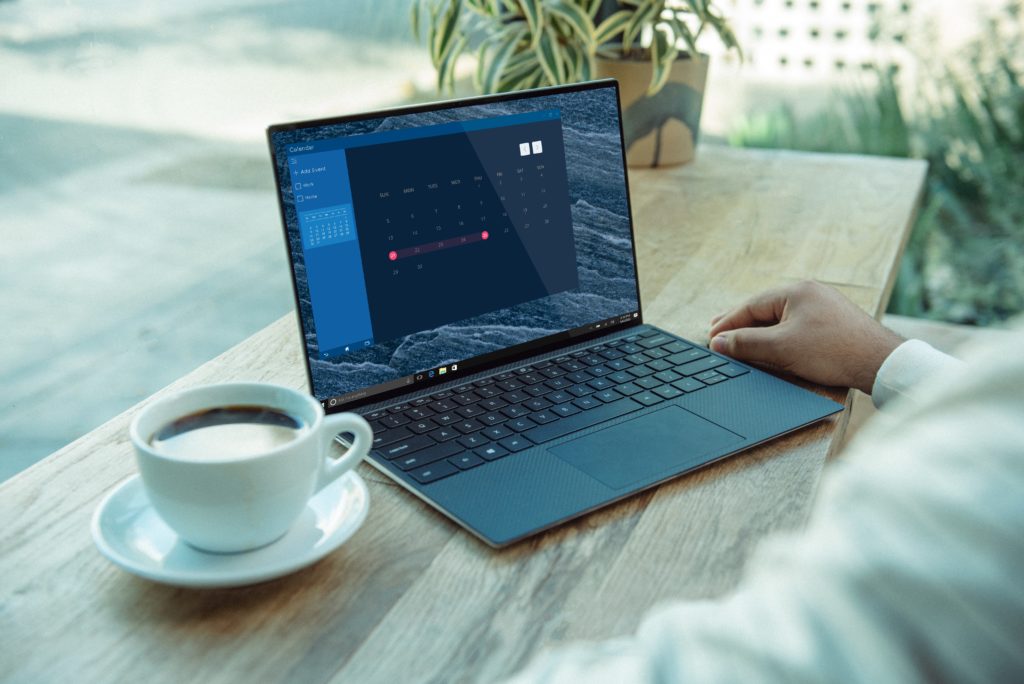Now that vaccines are widely available, most gyms and studios are fully operational again, even if some are requiring masks.
According to the latest information published by IHRSA, the governing association of the commercial fitness industry, 17% of fitness clubs and studios have permanently closed during the pandemic. In 2020, industry revenue fell by 58% relative to 2019 sales and 44% of the commercial fitness industry workforce lost their jobs. And, when considering that clubs are still closing and enduring other forms of restrictions, one out of five of you have lost the gym you loved.
Despite the unfortunate closures and array of restrictions imposed on the fitness industry during COVID-19, a lot of evidence suggests consumers actually exercised more. How could this be?
How are consumers exercising during the pandemic?
Beachbody Company Inc. just went public on the NYSE under ticker symbol BODY – a company that has dominated the at-home workout category starting with DVDs and now having made significant investments in fitness streaming technologies to keep with the times. Just a COVID-induced fad that will putter out shortly?
In a February 2021 webinar, Carl Diekler, CEO of Beachbody indicated that, of the 3x increase in digital subscribers who joined during the pandemic and also historically belonged to a gym, that 80% say they plan to keep their digital subscription even after reopening. Fabrizio Ceccinelli of Technogym indicates the same sentiment [70%] in a similar survey conducted on its customers who adopted digital but also belonged to fitness facilities.
This may signal a major consumer shift that allows at-home and digital fitness to thrive. It means that our choices and the quality of those offerings is about to get a whole lot better.
COVID has heightened consumer awareness of the tradeoffs between the community an in-gym experience offers and the convenience of digital. And, since digital-the more convenient option-has been the only option during the pandemic, in my experience, many of us have actually exercised more.
Amaya Weddle, the Vice President of Research at Mindbody, a technology platform that connects the world to wellness, explains in a Forbes article that since March 2020, data shows that consumers are working out more than ever before, with 56% of respondents exercising at least five times per week.
“Consumers are able to just show up and have that experience in the comfort of their home,” Weddles says.
The pros, cons, and possibilities on streaming fitness
With a day job in fitness, I assumed that the convenience and quality of digital options was well recognized before COVID. But it hit me when our office closed and I started working from home. Two of my kids transitioned to online schooling. I knew online education was already well established but it wasn’t until I experienced it that I quickly recognized the obvious conveniences, and the potential pros and cons. At that point, I appreciated how the same realization was occurring among consumers of digital fitness.
If you’re a self-proclaimed gym junkie and you think it’s ludicrous to consider a world where we only work out at home, that’s because the idea of gyms versus at-home fitness has always been a matter of AND not OR. Almost every consumer-facing industry in the world demonstrates this. We check our bank account balance in a mobile app and we go into the branch to meet our business banker. We take our spouse to a restaurant with a great ambiance and we DoorDash when we need to feed the kids fast. We hold important meetings in person and do the more menial meetings via Zoom. We see our favorite artist at Red Rocks and when we can’t make it there, we stream on Spotify.
Here’s what I predict
I think the fitness industry will soon recognize and adapt to this reality-that consumers are not simply “restaurant people” or “DoorDash” people who possess an infallible deterministic trait that forces us to choose between one or the other indefinitely. Instead, consumers choose the best option for that moment in time.
As physical and digital converge and the industry responds, you’ll benefit from greater choice and value.
As the demand for digital fitness has spiked, so has supply. There are endless at-home fitness options with new choices daily. This puts pressure on brick-and-mortar operators to compete. Xponential Fitness GO, Life Time Fitness live streaming, and Equinox+ are examples of brand name gym operators that are now available in your living room.
Yet, as gyms and studios reopen and workouts return to in-person for many facilities, digital providers must compete to deliver a superior experience. Simple on-demand workouts no longer cut it.
Both sides of the industry must become increasingly customer-centric. This means much better integration between historically siloed services (e.g. tracking performance, see Terra). Better integration (and generally speaking, increased adoption of technology among gyms & fitness studios, apps, and at-home providers) means you get more personalized workouts.
All of this adds up to more convenient access to exercise, more precise prescription, and ultimately more efficient results.
Did this post help you get closer to achieving one of your goals?























































